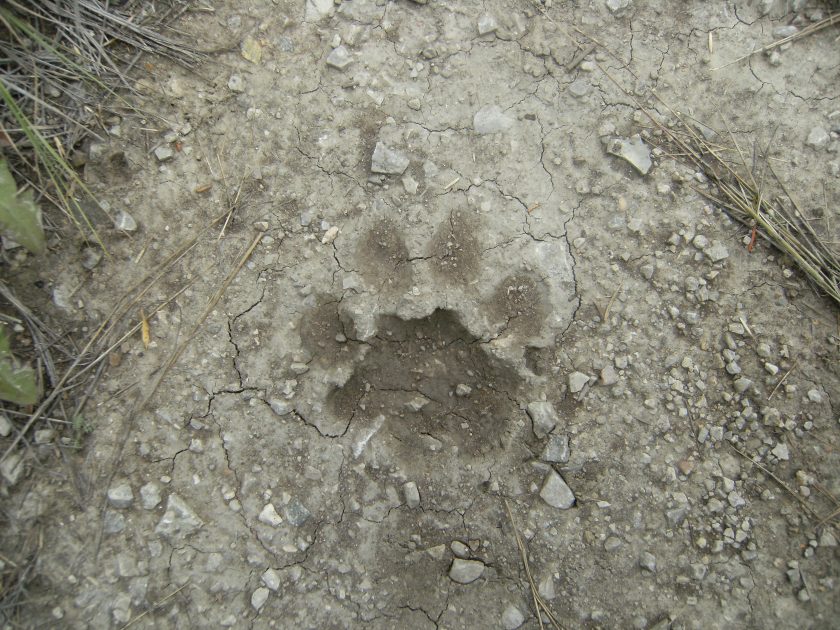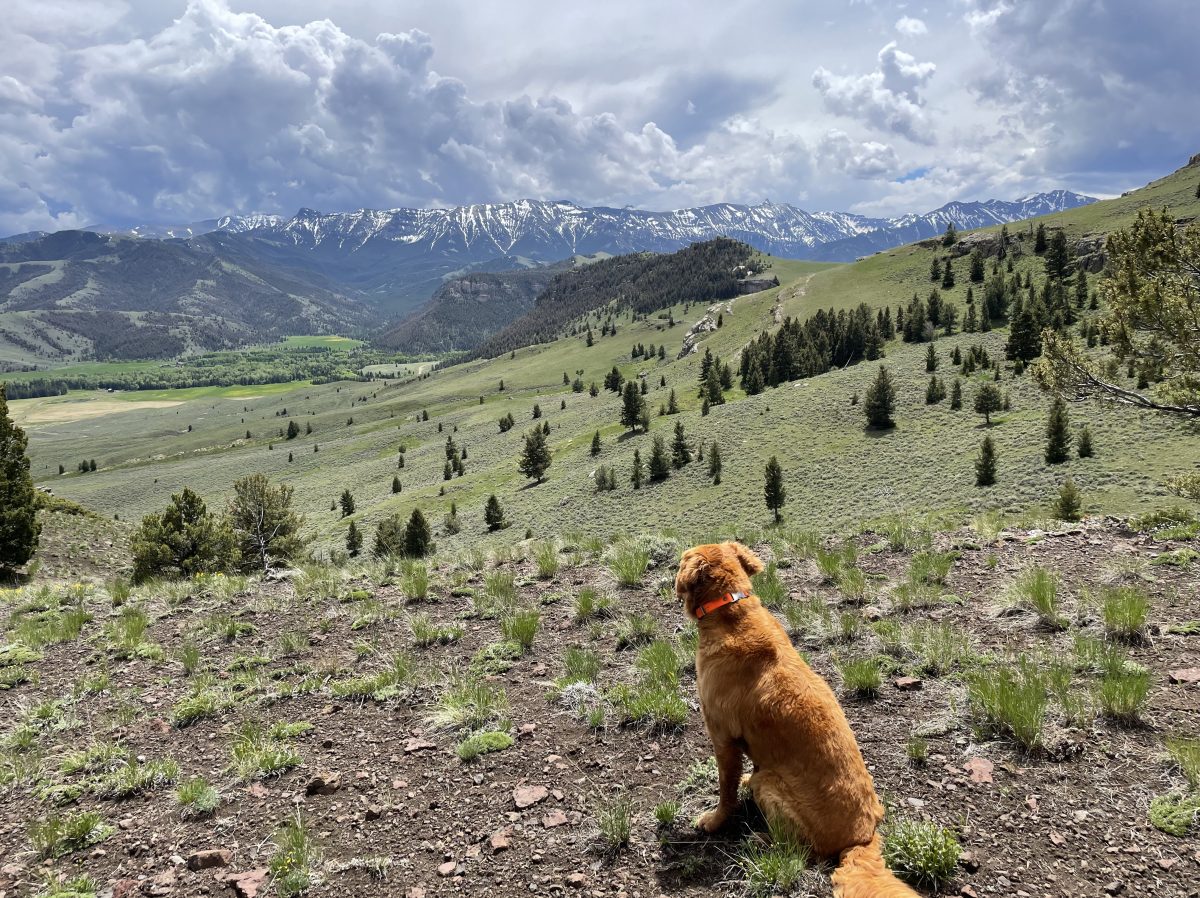 I’ve just finished a read that really got me thinking. The book, The Beast in the Garden by David Baron, I bought from Jim Halfpenny. That’s because Jim is featured prominently in the story as an independent tracker and researcher who forewarned of the dangers that were coming.
I’ve just finished a read that really got me thinking. The book, The Beast in the Garden by David Baron, I bought from Jim Halfpenny. That’s because Jim is featured prominently in the story as an independent tracker and researcher who forewarned of the dangers that were coming.
In detective style, Baron weaves the true story of Boulder, CO in the late ‘80’s, a rapidly developing community impinging upon mountain lion territory, while at the same time a ban on deer hunting exploded their prey population. Deer were wandering city streets and suburban backyards. Naïve ex-city folks encouraged their tameness by feeding them. And the mountain lions followed the deer, as they’re known to do. Soon they were killing deer in people’s yards on the outskirts of town. Before long, the lions, stalking deer in suburbia, had studied the people as well, and knew their habits and routines.
Interestingly enough, Baron explains that the natural enemy of mountain lions are wolves—cats and dogs. With wolves so long out of the picture, lions no longer had the natural instincts to fear dogs aka ‘tame’ wolves (mountain lions are hunted with dogs but these hunting dogs are highly trained to focus on running down just lions, not other types of prey). So it wasn’t unusual that the first aberrant sign began with lions killing and eating dogs left in outside fenced runs, or running free.
People started seeing lions not just occasionally at dusk or dawn, but during daylight hours, and sightings increased. The lions soon roamed city streets at night. One policeman came across a lion late at night on a city street eating a deer. The old tried and true method of ‘look big, wave your arms and yell’ only elicited yawns at best, and more often snarls and growls. It was only a matter of time before there was a human attack. When a high school student was killed and eaten while training for a track meet running in the hills near his school, the Colorado Wildlife agency took action by relocating problem cougars, or using rubber bullets and other measures.
Why did I find this book so compelling?
The book highlights a lot of questions and new situations we face (more incredible cat stories in the news). We have lost our wilds, our wilderness areas. All wilderness is surrounded or encroached upon by civilization in some fashion or another, whether it be farmlands, suburbs or town. In nature there are no empty lots that wildlife can move into. Expand your footprint, buy some acreage in the Oak woodlands and the wildlife are still there. Take down the old Oaks and put in your personal vineyard, the wildlife now lurks in the background, but are still around.
This situation just happened to me in an amusing way the other day. While camping in the redwoods on the weekend, all the campgrounds around me were full. People had their coolers, lights, etc. They seem to have brought the suburbs with them. I could hear growling in the shadows by the creek below. The dog kept running in the brush. What was there? After all the campers went to bed and the fires had died down, a family of raccoons started marauding the area. They knew exactly what these humans habits were. But the following night, on a Sunday, I was the lone camper and the raccoons had retreated, only to be heard squabbling over some leftovers in a distant campground.
Jim Halfpenny, the book states, worries that the next predator/prey aberration will be with the wolves. In the quote from James Schultz, he says that Native Americans were never bothered by wolves; they never feared when they heard wolves around, which was all the time, every night. But he also says that there was plenty of prey, so there was no need to be afraid. And, what he doesn’t need to say in the 1880’s, is that there was plenty of habitat.
We need to think through exactly what we are doing in our wild lands. Most recently I read an article in Scientific America proposing growing our foods in high rise buildings in our cities, saying it would be more economical and efficient. We could use all our grey water that way.
Of course, I added in my mind, leave all the rest of the land to the ancient wilds, restore the Bison, jam the GPS units, and live or visit there at your own risk. As one of my friends in Cody says, when hiking in wolf and grizzly country, with a dog, you take certain risks and just live with that knowledge and be prepared.
All in all, the score is still in favor of the bipedals–66,665 cougars killed by humans in the last 50 years to 15 humans killed in the entire last century (100 years) by the big cats. Obviously we are still the deadlier of the two species.

This is a well written and interesting article. One of the biggest thrills for me, as far as wildlife viewing, was about 4-years ago, when standing in our small fenced in “back yard” and looking out toward our undeveloped property to the south (we have 7- acres) I saw a large mountain lion bounding along. He spotted me and froze behind the largest sage bush in the area, head focused on me. We stared at each other for quite a while, then I backed away carefully, and the next time I looked, it was gone. Wow! I was sure in the right place at the right time.
Richard, Don, and I saw mountain lion tracks in the dirt two wheel road that we used to get to our (2010) nest. That was pretty cool, also.
What a great idea that was suggested in Scientific America, proposing growing our foods in high rise buildings in our cities, saying it would be more economical and efficient. My first thought was, how this would help us to slow down, our growth into land that should be preserved for nature. I always find it sad when developments name themselves after trees, woods, or wildlife that USE to be there, before they cut everything down, built houses, then re-landscaped.
I think this topic makes a good argument for Jim Halfpenny’s worry that the next predator/prey aberration will be with the wolves is reasonable possibility.
LikeLike